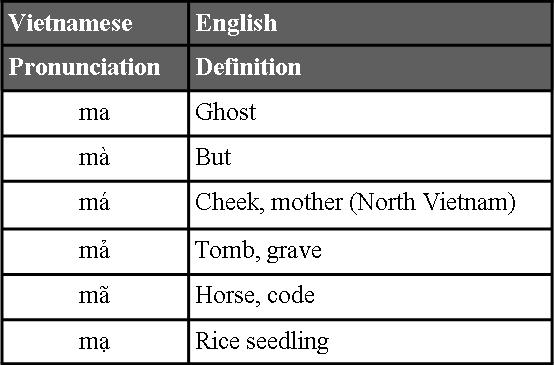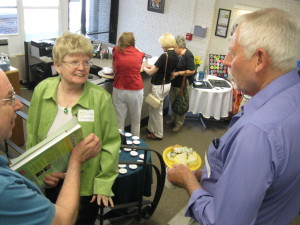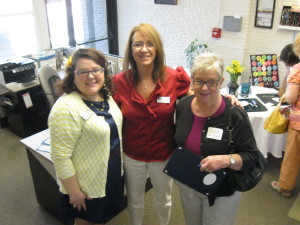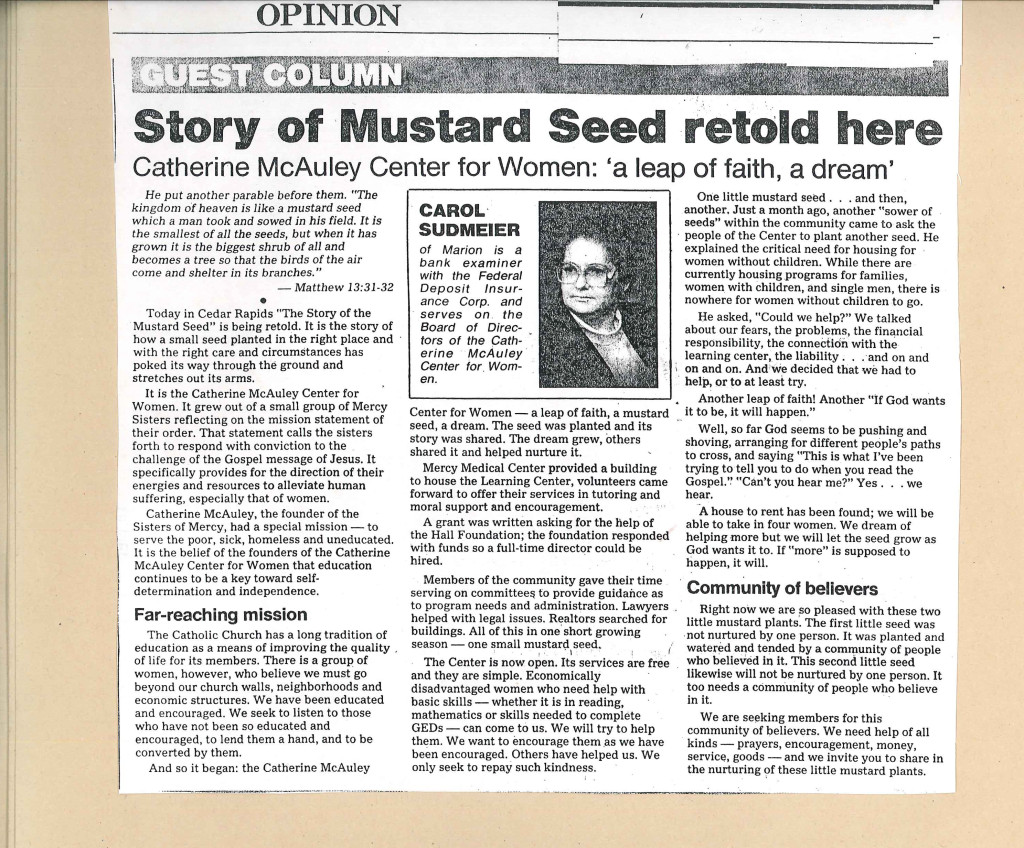
Immigrant/Refugee Coordinator Greg White, CMC student Alice and her son Jack walk to the performance of the Royal Burundi Drummers and Dancers.
Education Times newsletter for December 2012 / January 2013
Click the above link to read the full Education Times newsletter. Calendars, photos, and announcements are included. Here’s a teaser story:
Thanks to tutor Mary Bradley for informing CMC Education Staff about a local cultural event. Greg and Wendy were able to take thirty-five students and their families to the Royal Burundi Drummers and Dancers performance at Coe College on October 29.
John Chaimov (a professor at Coe College, CMC tutor, and board member) helped CMC attain thirty-five tickets, and the rest were provided through a collaboration with Rama Muzo, an Intercultural Resource Liaison working for the Cedar Rapids Community School District.
The Education Department currently has twenty-six students from Burundi, and many students from other African nations as well.
For some of the Burundi students who attended the performance, it was simply a reminder of culture and life “back home.” But for many, it was the first time they or their children had seen such a showcase, since they had grown up in Tanzania in refugee camps, thereby losing formative cultural experiences.
The all-male group of drummers entered the theater with the 3-foot-tall wooden drums on their heads, then set them in a half circle and the thunder began. Each performer wore a red, white, and green regalia resembling togas. At the beginning of each new “song,” the front drummer called out in Kirundi (language of Burundi), and the others responded with a half-step forward and a yell, “YAY!” Eventually the children in the audience joined in the shouting.
The constant rhythm demanded stamina. At times, they tapped the low wooden sides of the drums, then the hide drum-head, then raised their arms above their heads and rapidly pounded for a 10-second battery of deafening volume. The drumming was matched with dancing featuring impressive jumps. Many times they “ran-in-place” with their feet while slamming out a well-coordinated rhythm with the mallets.
The drum and dance ensemble is centuries old, and remains in use today for Burundi national celebrations such as Independence Day.
Each performer cycled through dancing, drumming or resting off-stage.












